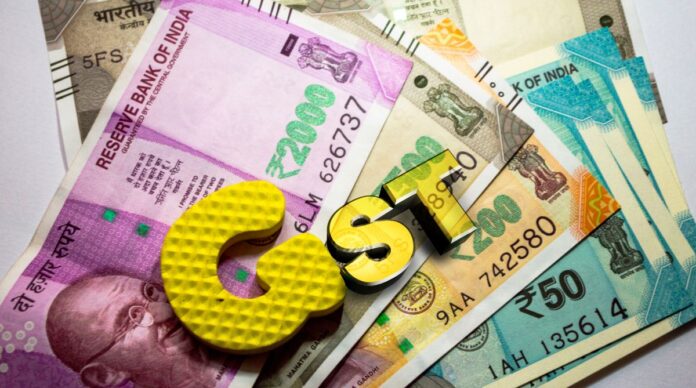Decreasing the GST revenue’s share of the GSDP. According to a recent research titled “State of State Finances” by PRS Legislative Research, states’ Goods and Services Tax (GST) collections as a percentage of Gross State Domestic Product (GSDP) remain below pre-GST levels, even if state revenue receipts have returned to pre-pandemic levels.
It stated that some states have suffered as a result of the GST compensation grants ending in June 2022 and that tax slab rationalization may be necessary to raise the amount of GST revenue.
States still have a chronic revenue imbalance and a high level of committed spending. The research identified several major issues for state finances, including the rise in non-merit subsidies, the reversal of pension reforms, and the dire financial position of state-owned discoms.
Main conclusions:
1. Although state GST (SGST) makes up more than 40% of each state’s own tax collection, the ratio of SGST to GSDP is still lower than it was before to the pandemic. Additionally, SGST revenue is less than the amount that has been promised for the next five years.
* In the years before to the GST, the combined tax revenue of 27 states and UTs covered by the GST was about 3% of GSDP. This ratio was 2.7% in 2018–19, the first full year of GST, and it has remained below 3% in the years that followed.
2. States like Puducherry, Punjab, Delhi, Himachal Pradesh, Goa, and Uttarakhand that depend more on GST compensation after June 2022 are probably going to be the most impacted. Himachal Pradesh, Punjab, and Pudu Cherry have all budgeted for a revenue shortfall in 2023–2024 (FY24).
3. Eleven states have projected for a revenue deficit in FY24, or the difference between tax receipts and expenditures. After taking into account grants for income deficits, Andhra Pradesh, Himachal Pradesh, Kerala, Punjab, and West Bengal did so.
* Six additional states—Assam, Nagaland, and Uttarakhand—would have experienced a revenue deficit in FY24 if revenue grants—as suggested by the 15th Finance Commission—had not been given.
4. States have been spending 8–9% of their revenue on subsidies during the last few years, with a large amount going toward power subsidies. Increased subsidies for non-merit items have sparked concerns in a number of governments about possible limits on the amount of money available for capital spending.




























